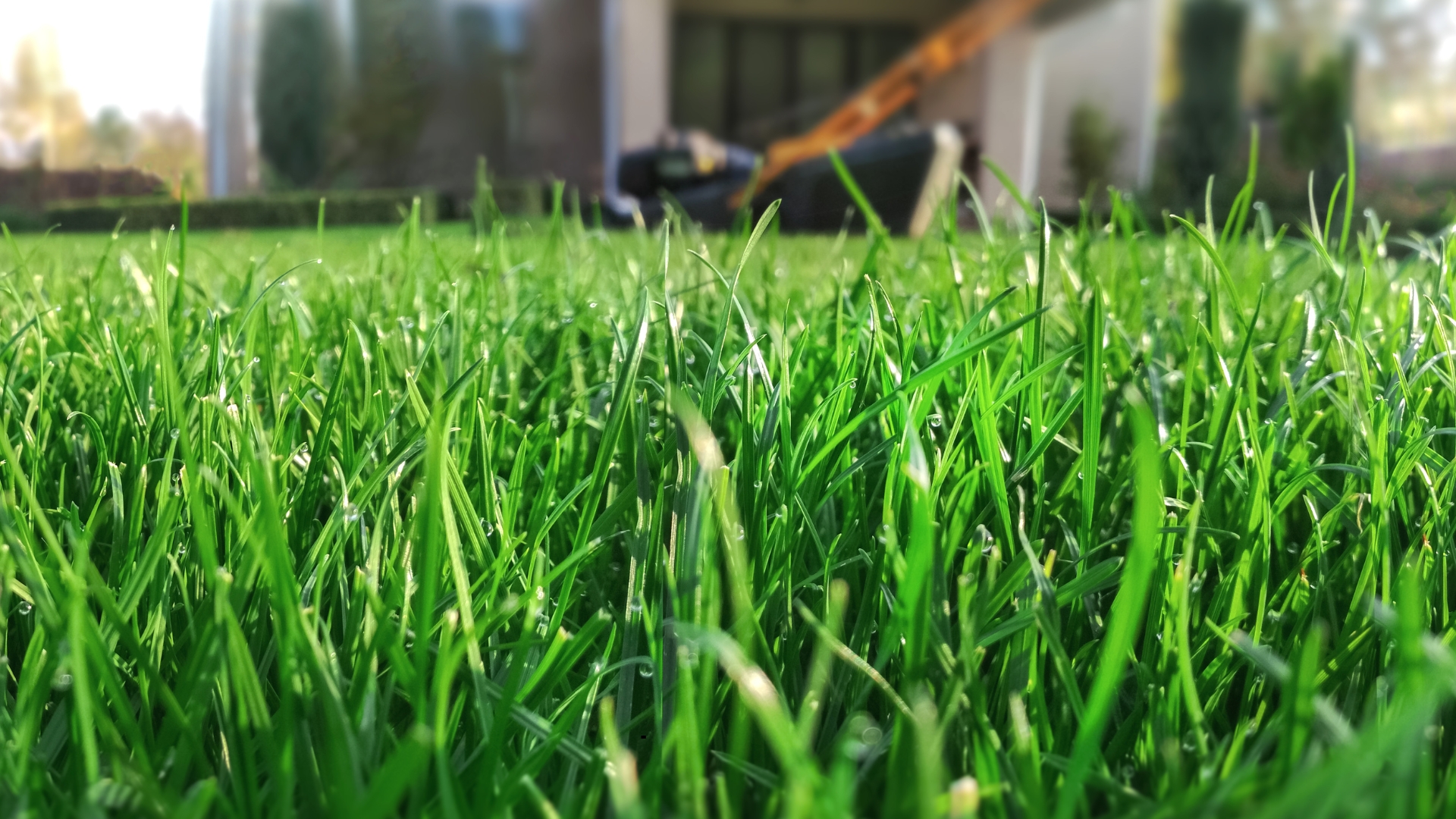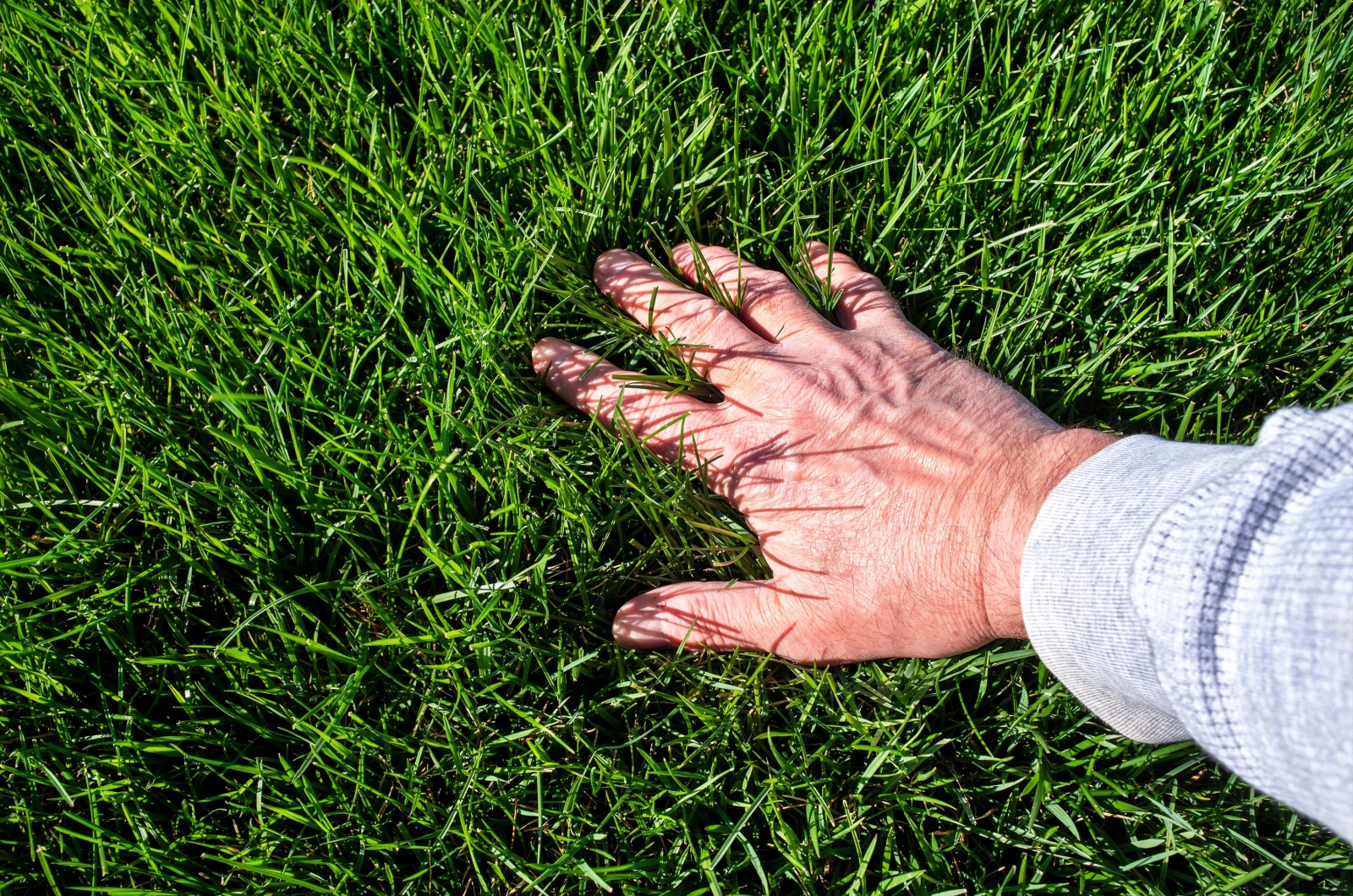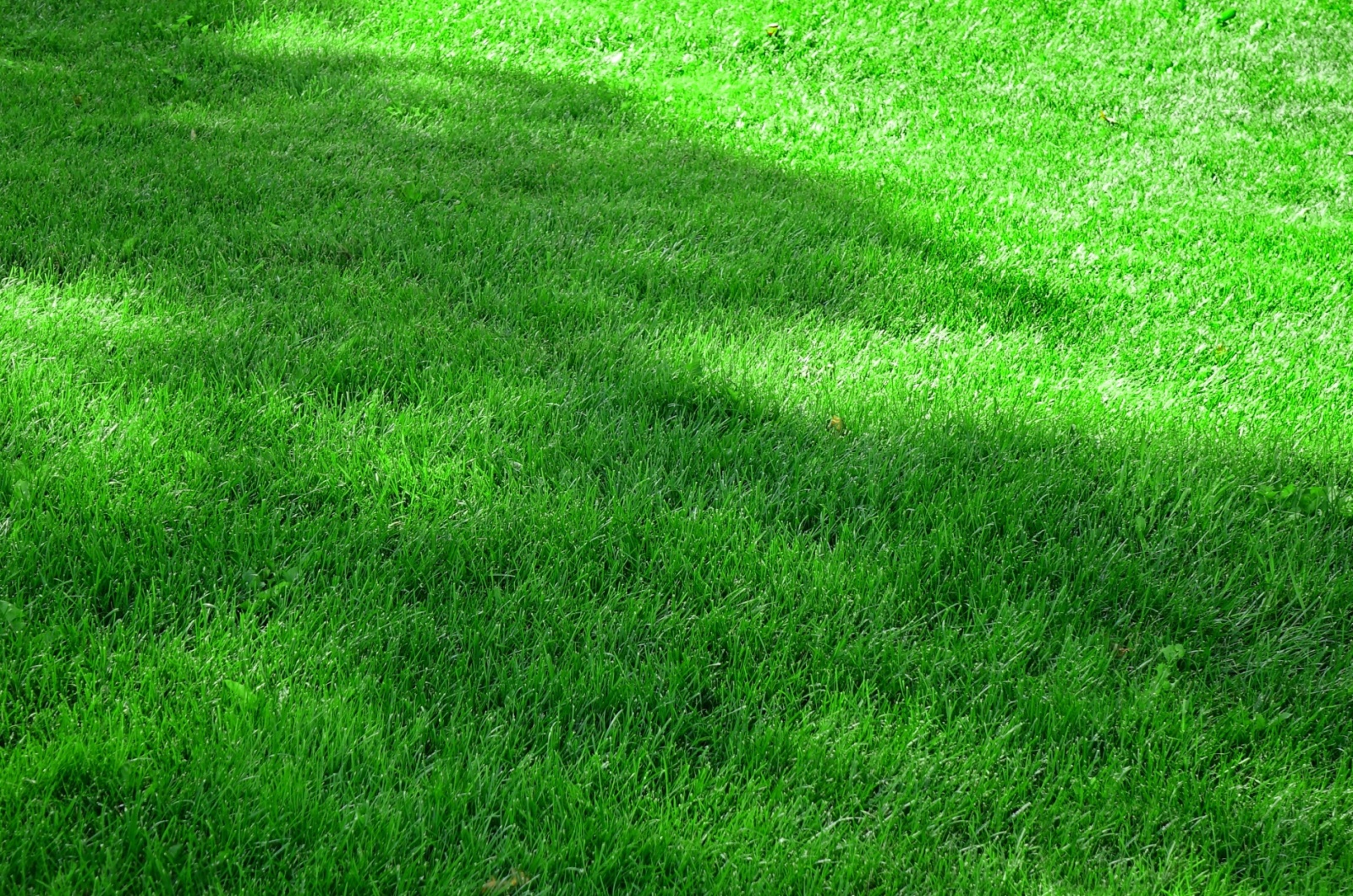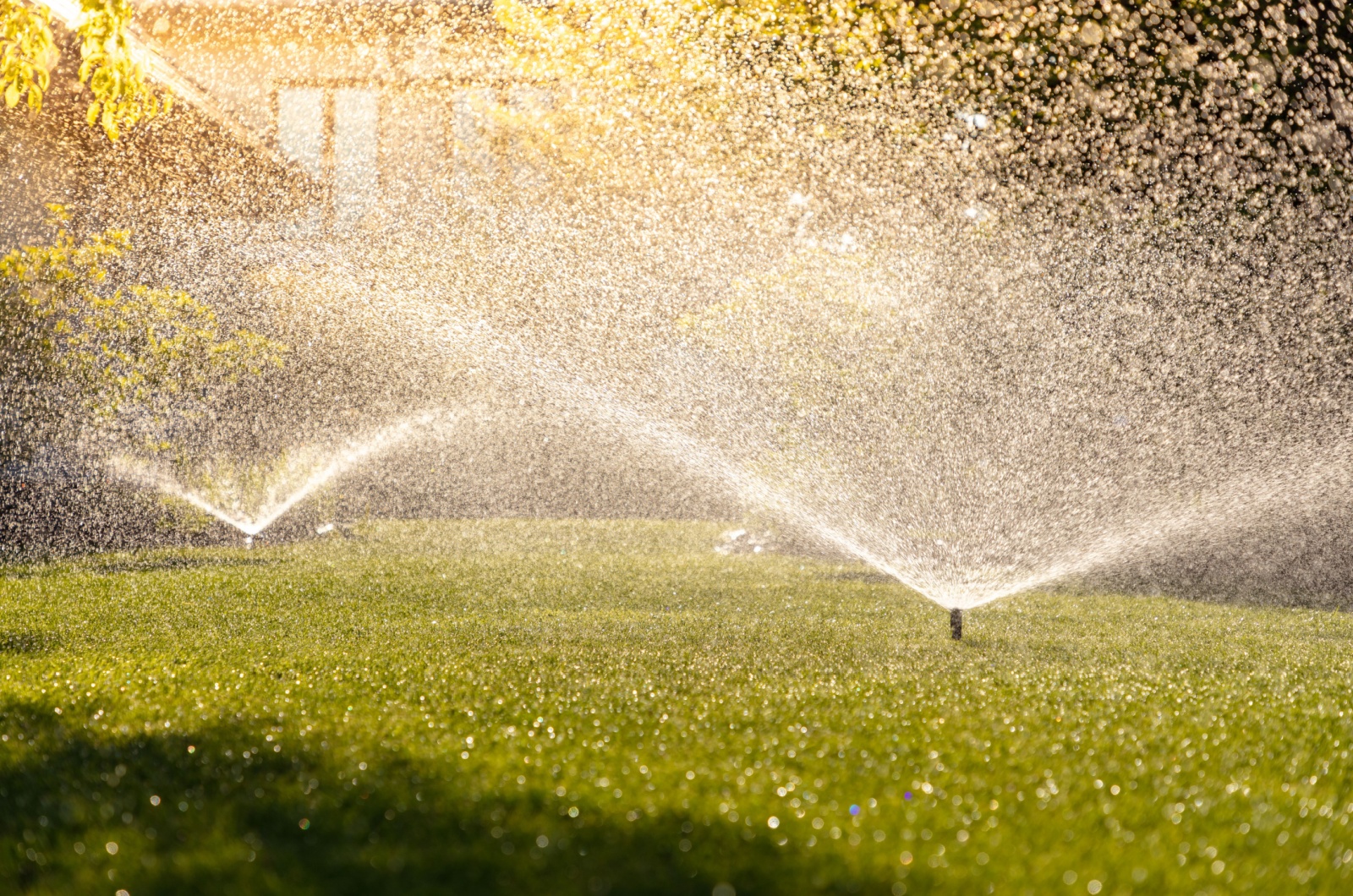When you look at grass, what’s the first thing that comes to your mind? I bet it’s not the type of grass – probably more like ‘the grass is always greener.’
Well, knowing which type of grass you have is actually your golden ticket to a lush lawn that will leave your neighbors green with envy!
How come? Each grass variety has its own requirements, whether it’s the temperature or its watering needs. Once you get this part done, nothing will stop you from having the prettiest yard you could ever imagine.
Now the only missing part of the puzzle is figuring out which type you have or need to get. Eager to learn? I won’t hold you in suspense any longer!
First, Narrow Down Your Choices By Considering Your Region
No matter if you already have a lawn or are overseeding, your first step should be considering your climate zone.
Some grasses perform best in warmer climates whereas others prefer cooler temperatures. There’s really a grass variety for every zone.
For instance, if you live in Minnesota or Wyoming, you most likely have cool-season grasses. If this is your first time planting grass, that’s exactly what you need to look for.
Kentucky bluegrass, Ryegrass, and Fine Fescue are the two most common varieties found in these regions.
On the other hand, conditions found in California and Florida are more favorable for Bermudagrass or St.Augustine.
Here’s How To Tell Apart The Most Common Grass Types
Fescue, ryegrass, bentgrass, and bluegrass are perfect options for cooler climates. But which one is which?
The emerald blades with V-shaped tips are the trademarks of rough bluegrass and Kentucky bluegrass.
Thinner blades that come into vibrant shades of green belong to the perennial ryegrass varieties. They’re easiest to identify because they’ll die off as soon as temperatures drop.
Finally, there’s bentgrass, which I would never recommend to anyone. Yes, I know it sounds harsh but it’s super demanding and I’ve never met a gardener who is satisfied with the look of their lawn with this grass.
Its leaves are thin and elongated at the joint between the blade and the leaf sheath.
Now we move to warm-season grass types. Their blades are way broader than those of cool-season grasses and they emerge in the warmest month.
They’ll die off once the fall arrives, which is the easiest way to tell them apart from cool-season varieties.
So, how to differentiate between warm-season grasses? Fuzzy blades and roots that grow along the surface of the soil rather than beneath it are features of the famous Bermudagrass.
Unlike Bermuda, Zoysia features shorter, bright green blades. It will cover your lawn like a carpet because of its dense growing habit.
Last but not least, the St.Augustine variety is characterized by dark green blades with distinctive blunt edges.
Have you identified the type of grass you have or decided which one to add? Let’s see how to keep it happy and healthy!
And This Is How You Care For Cool-Season And Warm-Season Grasses
Cool-season grass owners, you have a few chores to complete! Come first thaw, you’ll need to remove all the excess salt that may linger.
Once the spring arrives, you’ll need to rake everything to get rid of dead organic matter. The emerged grass is your green light to start mowing!
At this point, it would also be great to remove weeds from your lawn and overseed your grass on the bald areas.
Regular mowing, watering, and feeding are the last steps that stand between you and a thick, green lawn. Owners of Kentucky grass shouldn’t spare the fertilizer; feed it again in the fall and reseed it about a month and a half before the first frost.
Warm-season grass owners, don’t worry, I didn’t forget you. I have to tell you that your winter will be somewhat busier than cool-season grass owners.
Your grass will most likely be dormant throughout the winter but this shouldn’t stop you from raking, de-weeding, and trimming.
If you live in the warmest USDA zones, you can expect the first sprouts in March. You must mow your lawn and amend the soil with the necessary nutrients after performing a soil test.
Once the summer arrives, make sure to fertilize, mow, and water regularly until the grass dies off.
And our journey ends here! Once you figure out the type of grass you have (and now you know how to do it), things become way easier. I’m sure your lawn will be the greenest gem on the block!




